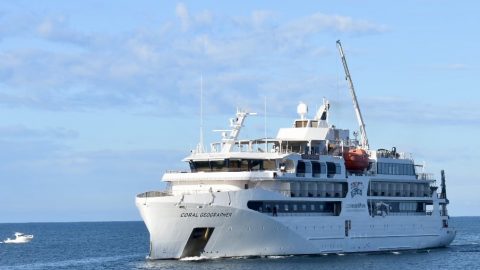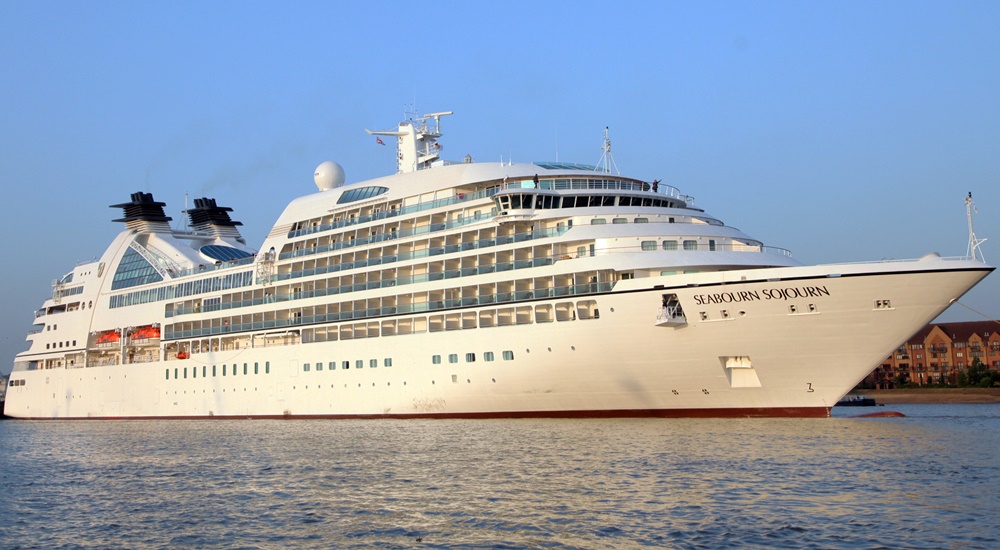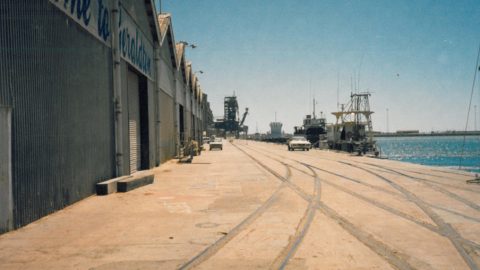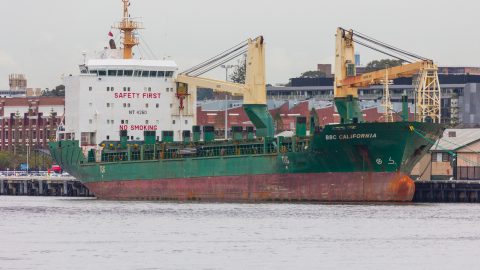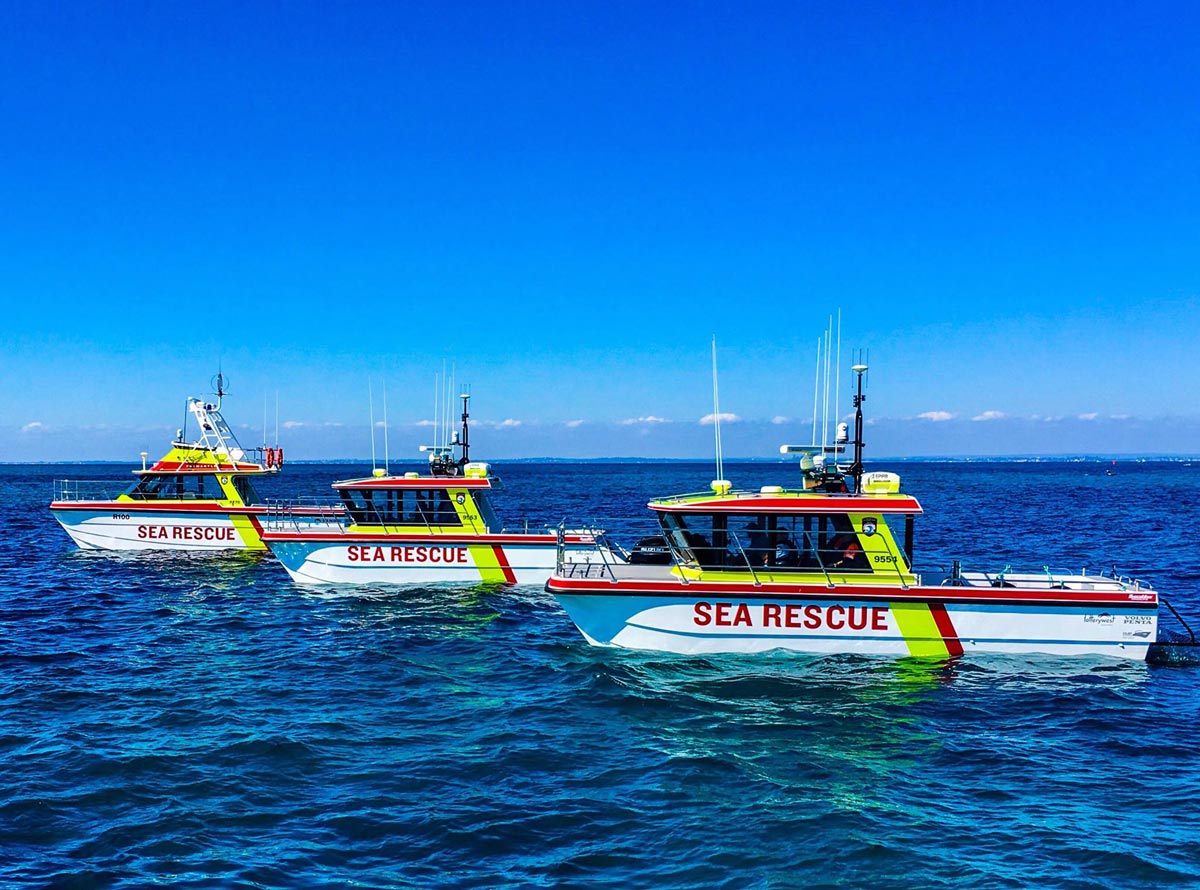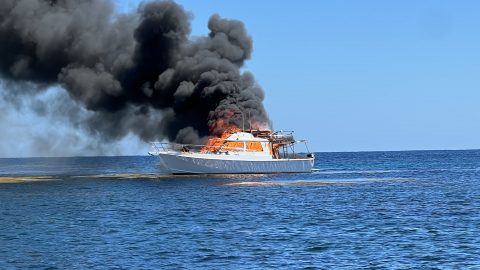After the Fremantle Highway fire, possibly started onboard by electric vehicle batteries, questions are coming thick and fast about the safety of RO-RO vehicle carriers generally and protocols employed when a fire breaks out in a RO-RO.
It transpires that seven of the 25 crew on the Fremantle Highway jumped overboard into the North Sea, a drop of around 30 metres, when they considered they had nowhere else to go. Not surprisingly, it appears most of those who felt they had no option but to jump have suffered injuries.

The question now being asked is – Why did these crew need to jump to exit the vessel? Was there no other way to safely exit her, for example, on a lifeboat?
Willard Molenaar, a lifeboat captain who arrived on the scene, is reported to have said: “One by one, they jumped and we had to fish them out of the water. They were really desperate, so they had to jump – you don’t just do that for the sake of it.”
An overnight report in The Loadstar draws attention to what it describes as ‘the already patchy safety record of car carriers, whose designs had suffered from a number of major shortcomings even before the epidemic of fires on board relating to electric cars. These include the free-surface effect, and high wind resistance.’
Why the ship’s lifeboats weren’t available, as apparently they weren’t, is another question.
It turns out that images of Fremantle Highway from before the fire show twin freefall lifeboats positioned aft of the bridge. Analysis of video footage appears to show the initial explosion and subsequent blaze in a cargo area precisely underneath them, before spreading along the length of the ship. Aerial video footage from the Dutch coastguard shows both lifeboats still on board the burning vessel, apparently unused.
As noted by The Loadstar, there have been other RO-RO incidents in recent times –
* A fire on the Grande Costa d’Avorio claimed the lives of two New York firefighters while alongside in Newark, New York – though the authorities have written off EV batteries as a potential cause.
* The Felicity Ace, lost in February 2022, but it’s not thought possible to determine if the presence of electric cars was the cause, alhough authorities are agreed it was almost certainly an exacerbating factor.
* In 2019, three car carriers were lost, two, Diamond Highway and Grande America, relating to catastrophic fires.
Following the loss of Felicity Ace, new safety measures adopted throughout the car carrier sector included, in some cases, refusing to load used or damaged electric cars.
No doubt safety measures on RO-ROs will again be interrogated following this latest onboard fire, including how a ship’s captain and crew are supposed to respond to an onboard fire if they are not trained as firefighters, as we understand most are not.
No doubt the RO-RO safety questions will keep on coming until all safety concerns are answered.
* By Michael Barker, Editor, Fremantle Shipping News
WHILE YOU’RE HERE –
PLEASE HELP US TO GROW FREMANTLE SHIPPING NEWS
FSN is a reader-supported, volunteer-assisted online magazine all about Fremantle. Thanks for helping to keep FSN keeping on!
** Don’t forget to SUBSCRIBE to receive your free copy of The Weekly Edition of the Shipping News each Friday!
